One study published in the Journal of the Academy of Nutrition and Dietetics found that participants who regularly logged their food intake lost more weight than those who did not track their meals. Another study in the Journal of Obesity showed that individuals who recorded their exercise activities were more likely to achieve their fitness goals.
Overall, here are key findings about food and workout logs from research:
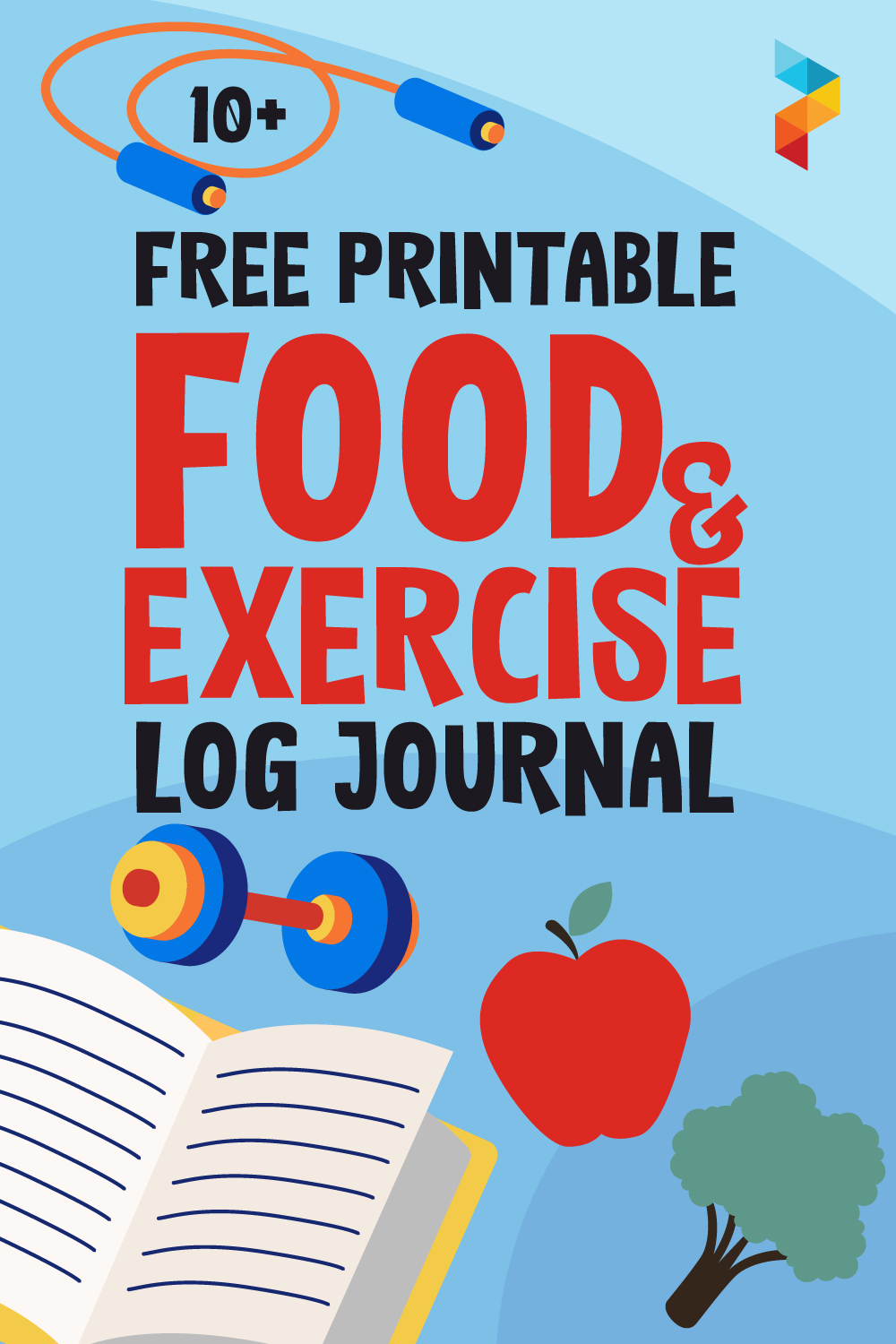
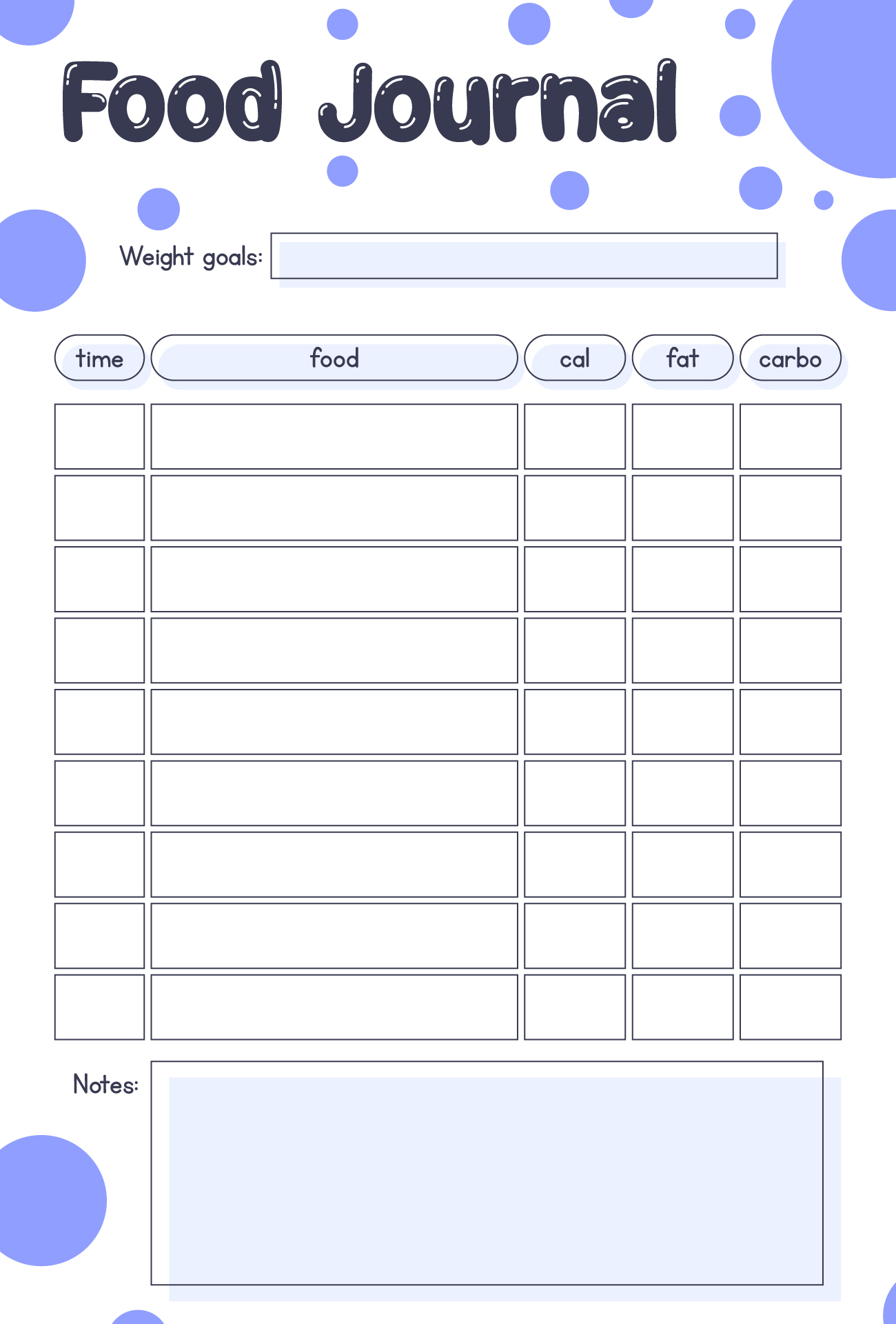
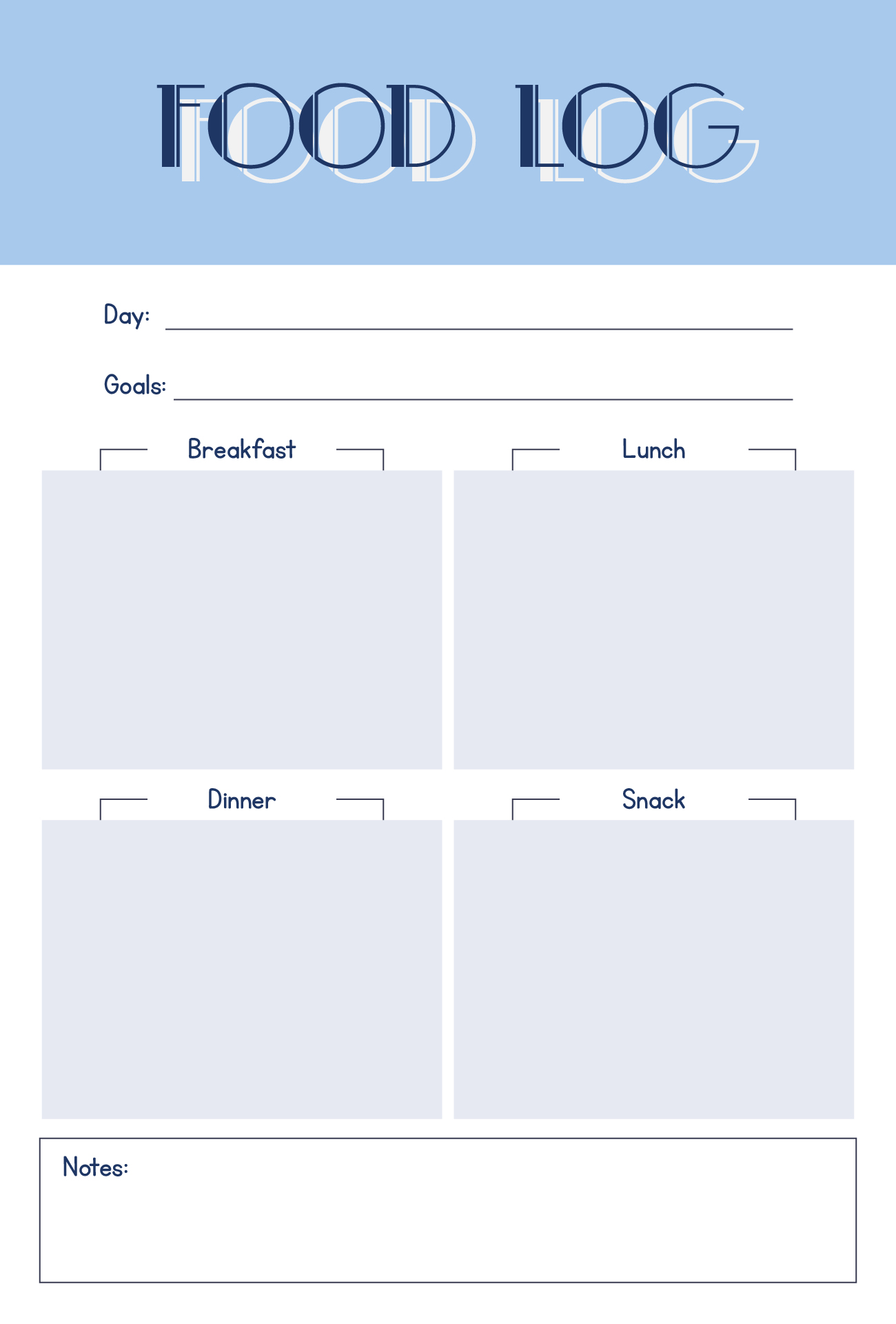
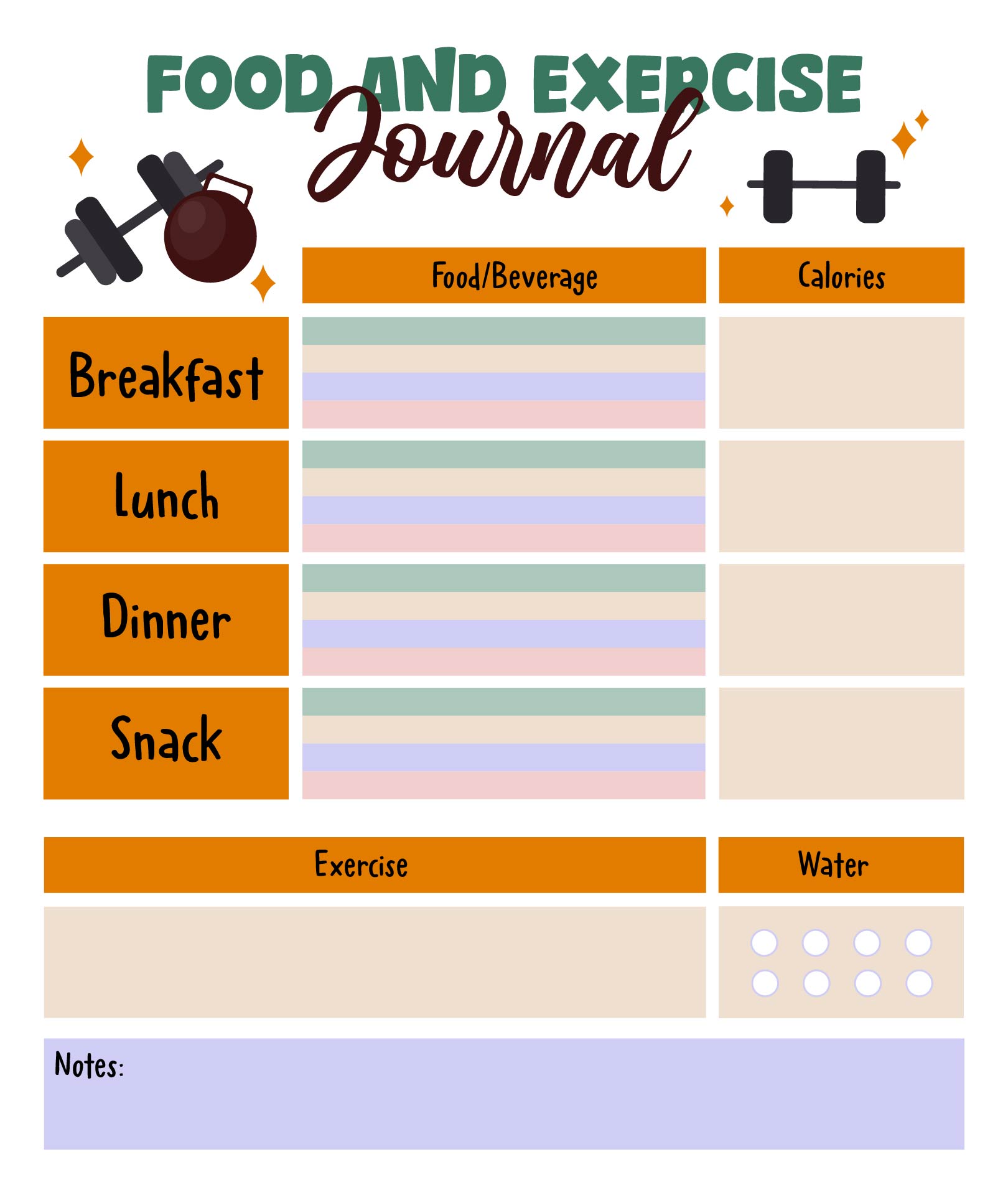
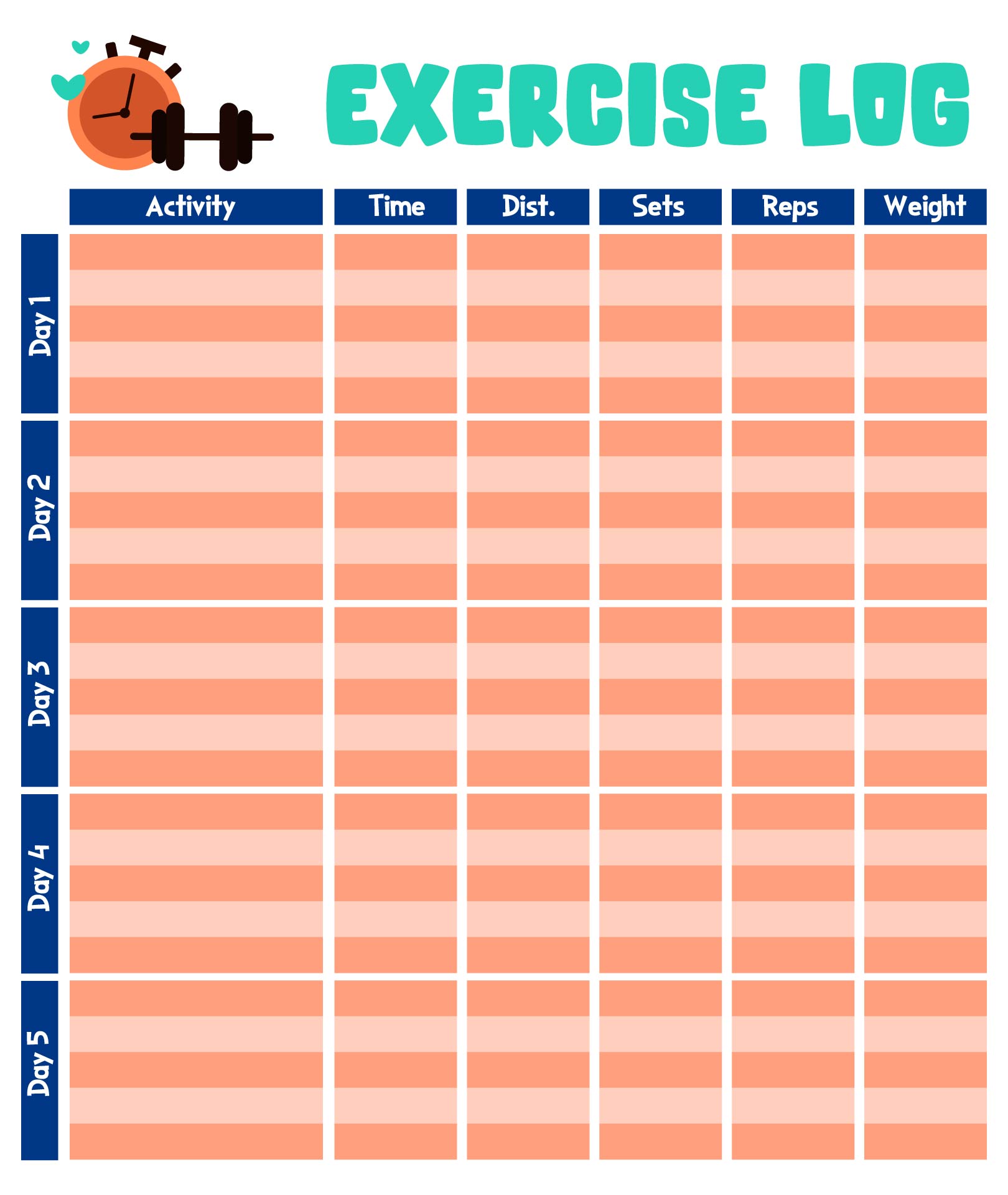
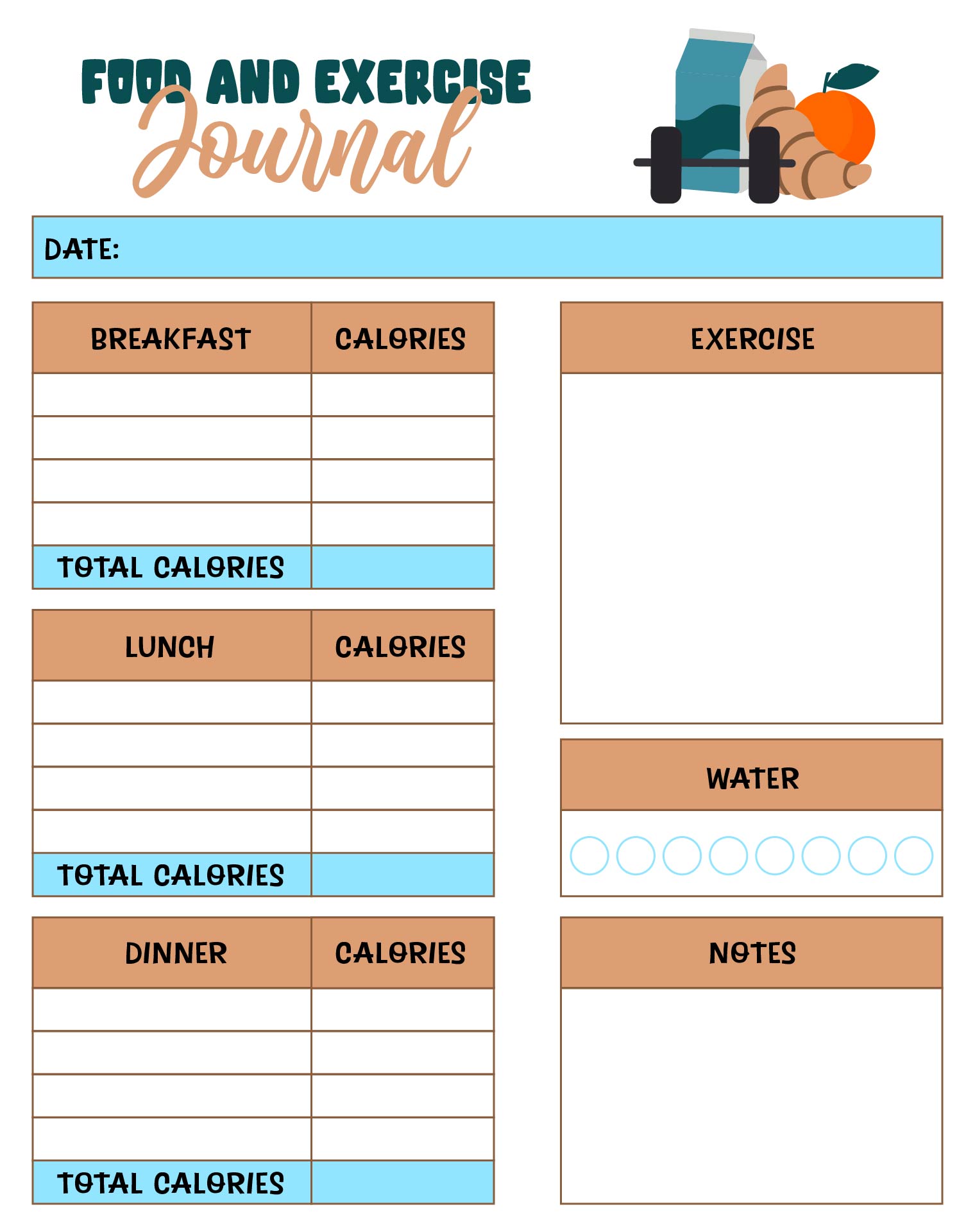
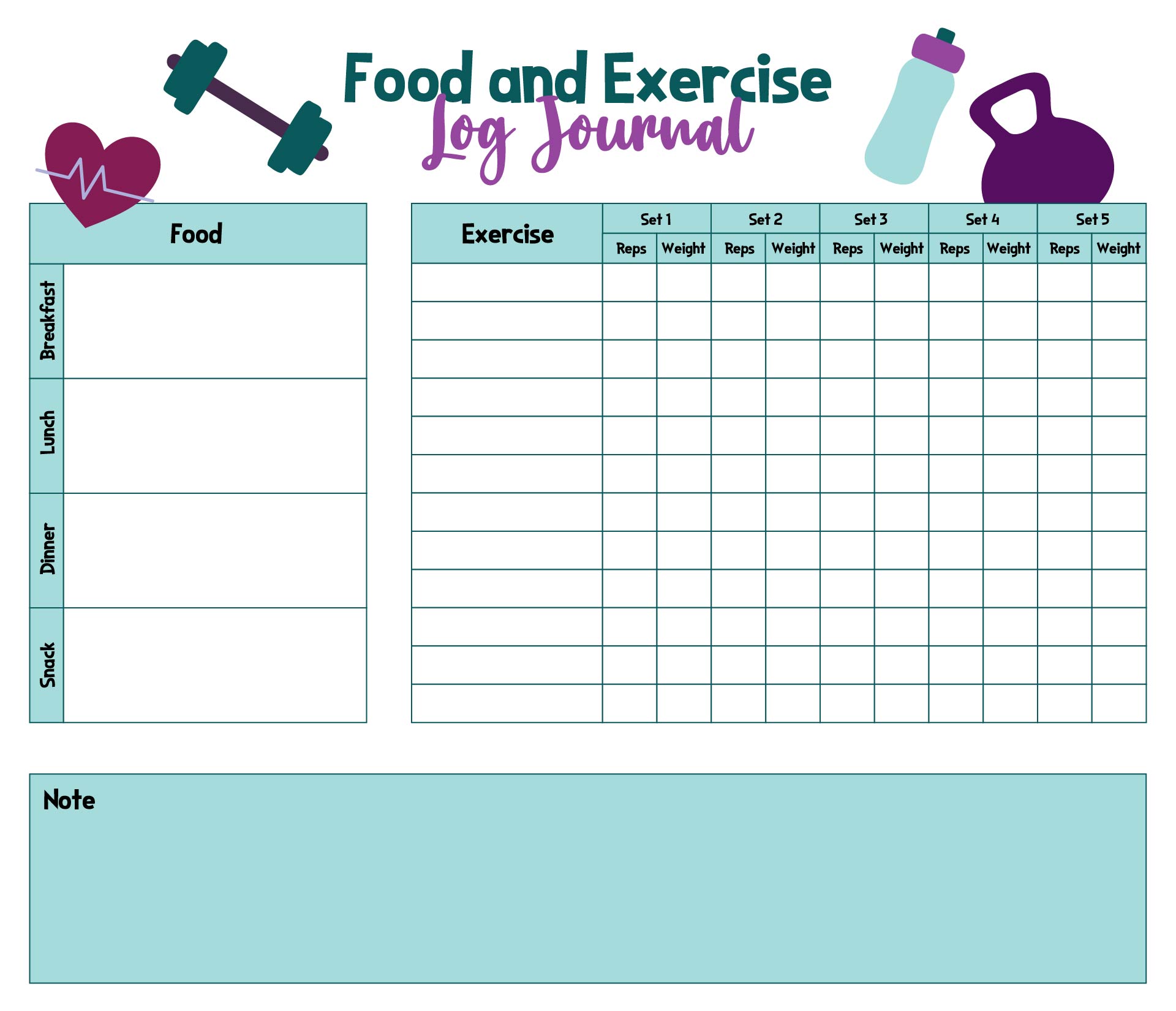
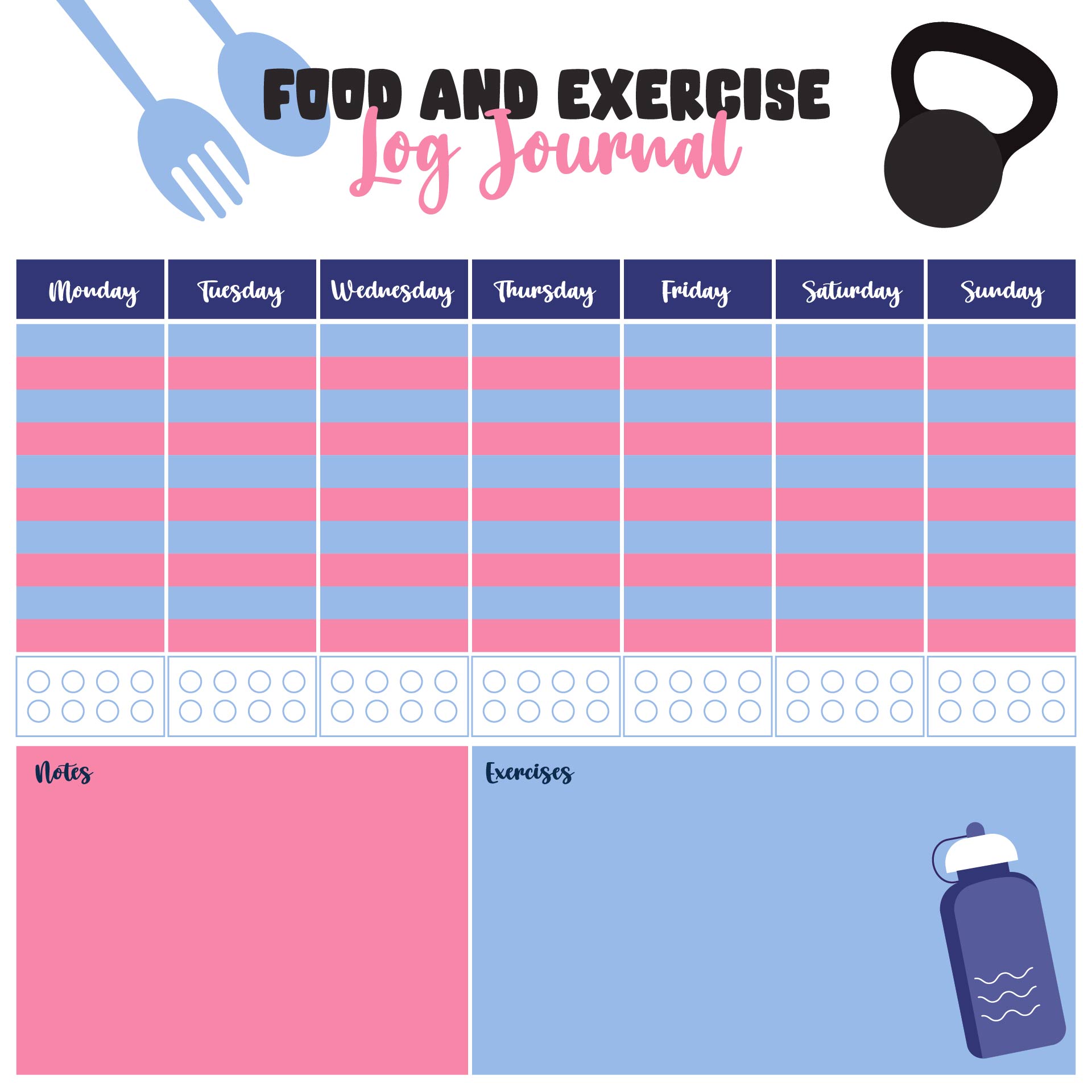
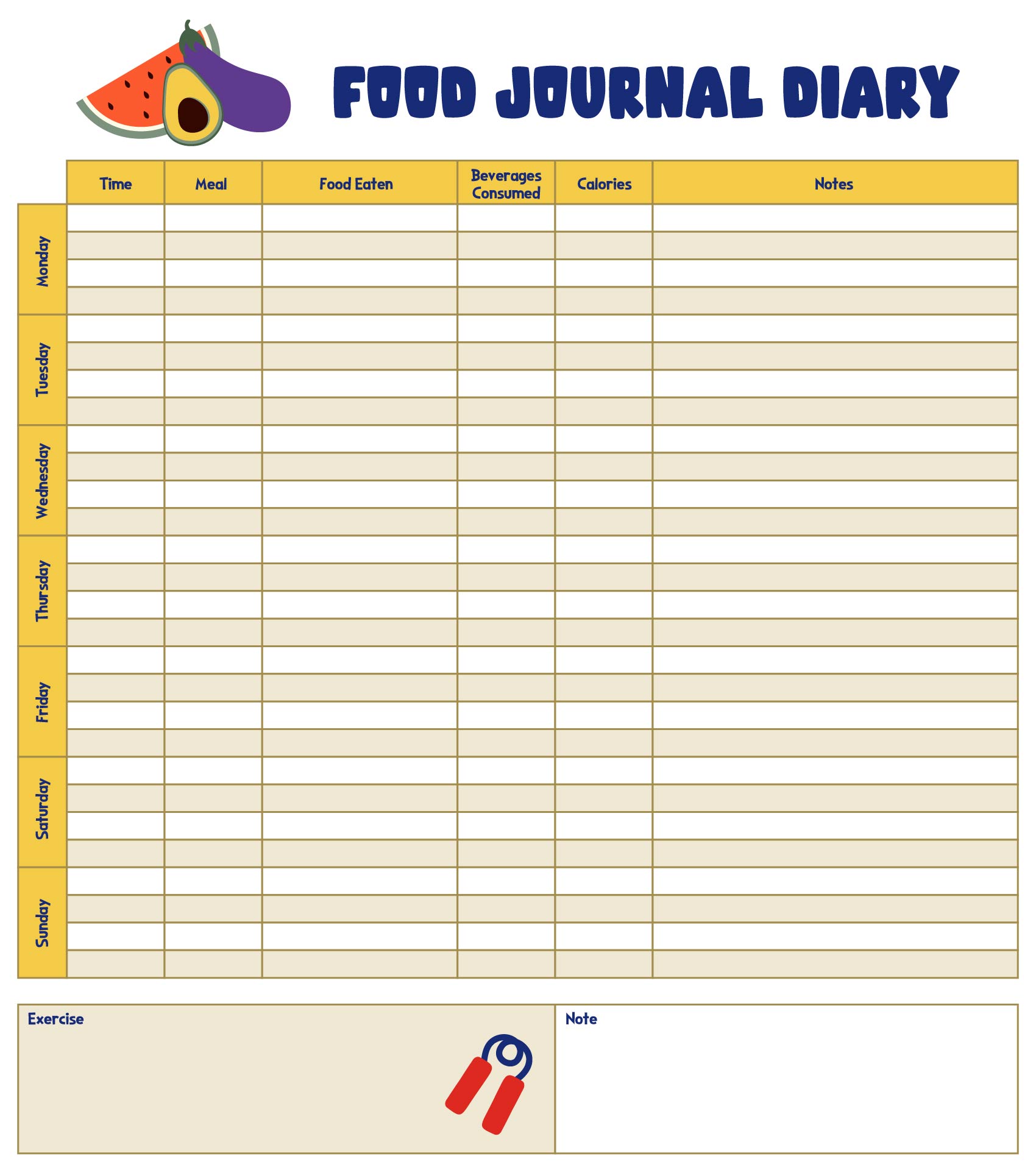
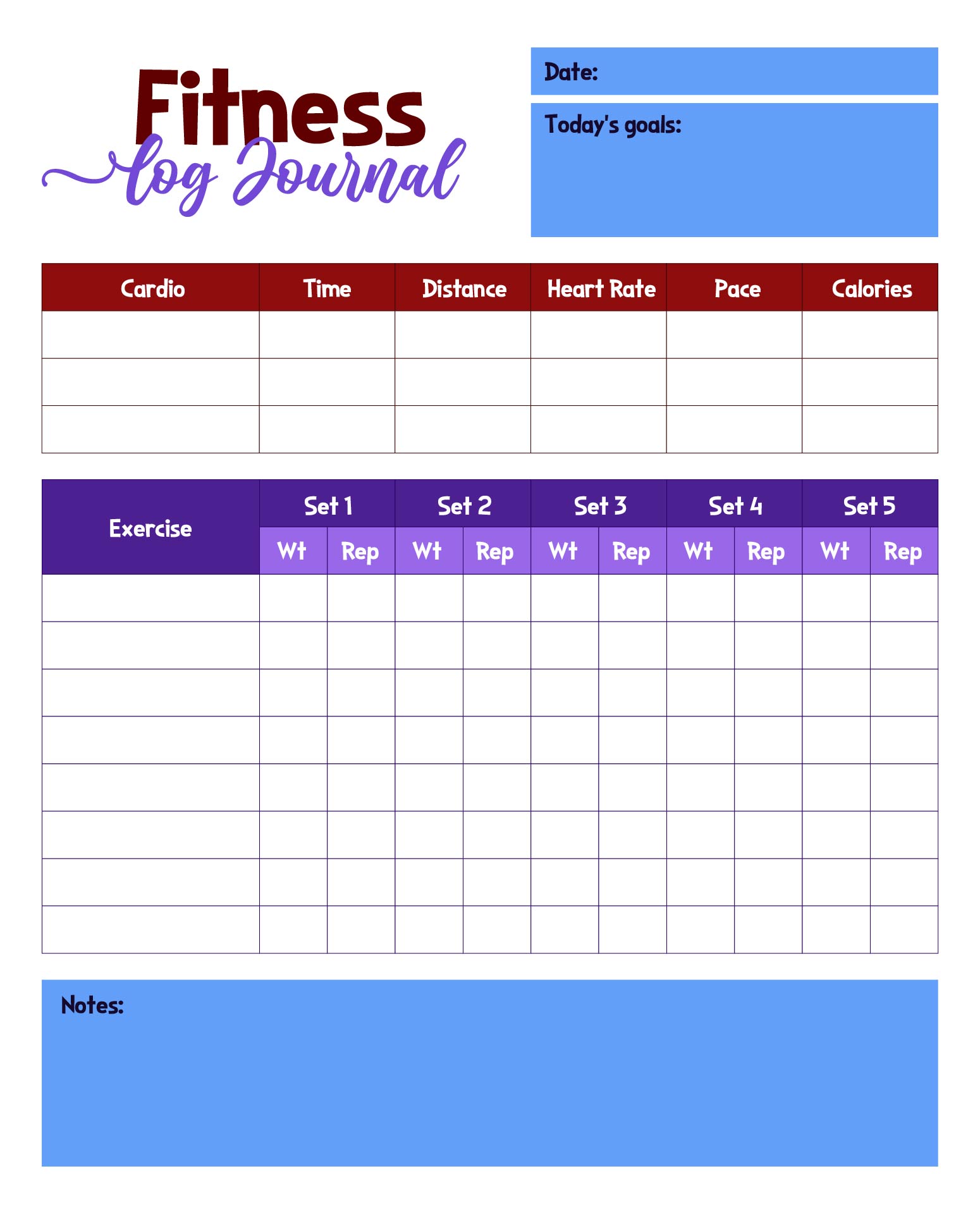
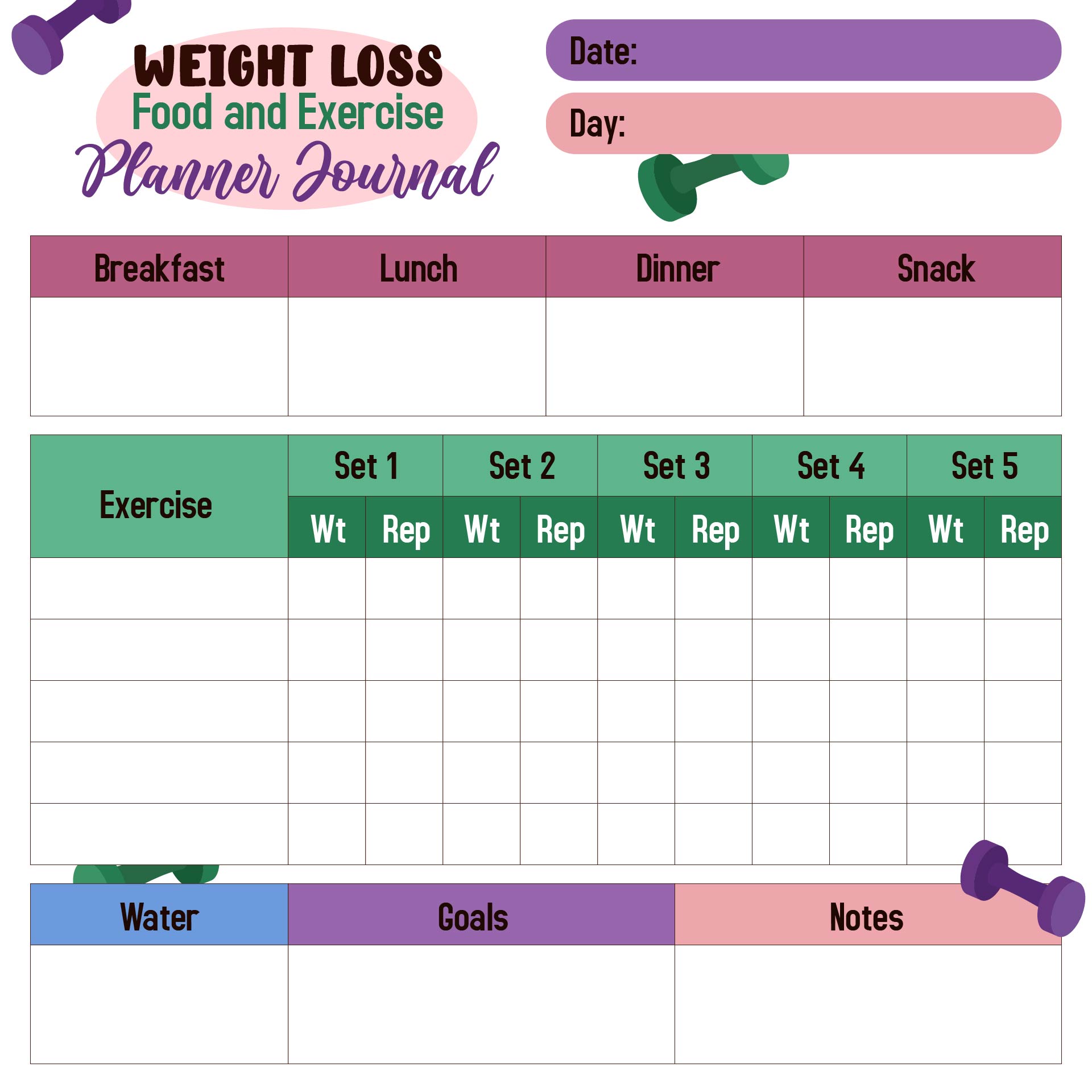
One of the main benefits of keeping a food log journal is that it allows you to track your daily caloric intake. By recording everything you eat and drink throughout the day, you can get a clear picture of your eating habits and identify areas where you may be consuming excess calories. This awareness can help you make smarter food choices and stay within your calorie target for weight loss.
By recording the type, duration, and intensity of your workouts, you can monitor your progress and ensure you are staying active enough to burn calories effectively. Plus, seeing your exercise achievements written down can be a great motivator to keep pushing yourself towards your fitness goals.
So, what is the right combination of meal planning and workouts to record in your food and exercise log journal? Start by setting realistic and achievable goals for both your nutrition and fitness. Then, create a meal plan that aligns with your goals and provides your body with the nutrients it needs to fuel your workouts and recover properly.
Include a variety of exercises that target different muscle groups and focus on both strength training and cardiovascular exercises. This will help you build muscle, burn fat, and improve your overall fitness level.
So, finding the right combination of meal planning and workouts to record in your food and exercise log journal is essential for success on your health and fitness journey. By staying consistent, making adjustments as needed, and tracking your progress, you can achieve your goals and maintain a healthy lifestyle.
Meal timing refers to the specific times at which you consume your meals throughout the day. Meal timing plays a crucial role in weight management, energy levels, and overall health. When you eat can impact your metabolism, blood sugar levels, and even your sleep patterns.
So, does meal timing matter when you're keeping a food and exercise log journal? The answer is YES! By tracking the times at which you eat your meals, you can gain valuable insights into your eating habits.
Are you prone to skipping meals and overeating later in the day? Do you notice a dip in energy levels if you don't eat breakfast in the morning? These are all important questions that meal timing can help you answer.
When using a food and exercise log journal, it's essential to include the time at which you eat each meal and snack. This information can provide valuable data that can help you make adjustments to your eating schedule for optimal health and wellness. Here are some tips for tracking meal timing effectively:
Breakfast
Mid-Morning Snack
If you have a snack between breakfast and lunch, don't forget to include it in your journal. Write down what you snack on, when you ate it, and how you felt afterward.
Lunch
Afternoon Snack
Similar to the mid-morning snack, record any snacks you have between lunch and dinner. Note what you ate, the time, and your hunger levels before and after.
Dinner
Have something to tell us?
Recent Comments